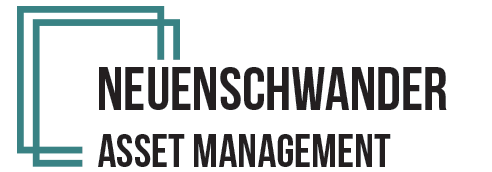Avoiding income taxes is always trendy. No one wants to hand over hard-earned money to the government. But using tax-deferred savings vehicles – either through a Traditional IRA or an employer-sponsored retirement plan such as a 401(k) – may create a future tax trap in exchange for savings today. Instead of plowing your nest egg entirely into tax-deferred vehicles, consider the importance of creating tax diversity for retirement. You will thank yourself later.
For perspective, put yourself in the shoes of current retirees. Individuals who worked through the 1980s and 1990s relied primarily on tax-deferred 401(k) plans to save for retirement. At the time, these plans offered workers an excellent option to reduce current-year income tax liability while building a nest egg. Unfortunately, this savings pattern also resulted in higher-than-anticipated income tax in retirement. For many, the only method for funding retirement was to draw off these tax-deferred accounts, with every dollar coming out taxed as ordinary income. And the more one wants to do in retirement, the more taxes they create. For retirees who want to treat family to a vacation or help younger generations navigate today’s housing market – where cash is king – they face a vicious cycle of pulling more and more money out not just to cover their goals, but also the heightened income taxes associated with these distributions.
So what is a saver to do? The good news is that today’s workers have options to avoid that tax pitfall in retirement. By building a portfolio made up of different taxable options, investors can significantly reduce – if not eliminate – their income tax exposure in later years. Without question, the best way to manage taxes over the long term is to max out tax-free vehicles. For many, that starts with funding a Roth IRA. Taxpayers under age 50 can contribute up to $6,000 a year to this tax-free account, while investors age 50 or older can throw in an additional $1,000 each year as part of a catch-up contribution. Though you do not receive a current-year tax deduction for Roth IRA contributions, the invested funds grow tax-free. Forever. That tax-free growth can be amplified for savers enrolled in a 401(k) plan at work offering a Roth option. Taxpayers can max out both a Roth IRA (subject to income limitations) and a Roth 401(k) – up to a maximum of $20,500 in employee contributions for 2022, or $27,000 if allowed to do a catch-up – to put tax-free savings on overdrive.
Saving is essential. But make sure you do it in a way that will create the best possible tax situation long term. If you have simply been stowing money in a tax-deferred account, consider the tax-free Roth option and adding a taxable brokerage account to help alleviate your bill to the government in the future. In my forthcoming blog posts, I will elaborate on the use of adding a brokerage account to this equation and run through the numbers to show the potential tax savings available to those who diversify their manner of savings.
Tim Neuenschwander, CPA, CFP® is the managing member of Neuenschwander Asset Management, LLC. You can click on his name to visit his LinkedIn profile or you may contact him via email at tim@namadvisors.com.


 Christine joined the NAM team in 2020, along with her six-plus years of Administrative and Executive Assistant experience. She was born and raised in Wisconsin. She has a love for film, comedy writing, and music, particularly between the 50’s and 80’s.
Christine joined the NAM team in 2020, along with her six-plus years of Administrative and Executive Assistant experience. She was born and raised in Wisconsin. She has a love for film, comedy writing, and music, particularly between the 50’s and 80’s. During my salad days, I studied business at the University of Minnesota and the Carlson School of Management. Taking this route seemed to make sense when I graduated high school, as it offered the opportunity to pursue a career in business. However, the experience didn’t go as planned. I found myself disillusioned by the focus and teachings of business school, with many of the lessons revolving around detached relationships focused solely on profit. I eventually concluded that this was not my personal path. I chose instead to purse a passion – writing – and veered off into journalism for the next six years of my life.
During my salad days, I studied business at the University of Minnesota and the Carlson School of Management. Taking this route seemed to make sense when I graduated high school, as it offered the opportunity to pursue a career in business. However, the experience didn’t go as planned. I found myself disillusioned by the focus and teachings of business school, with many of the lessons revolving around detached relationships focused solely on profit. I eventually concluded that this was not my personal path. I chose instead to purse a passion – writing – and veered off into journalism for the next six years of my life.